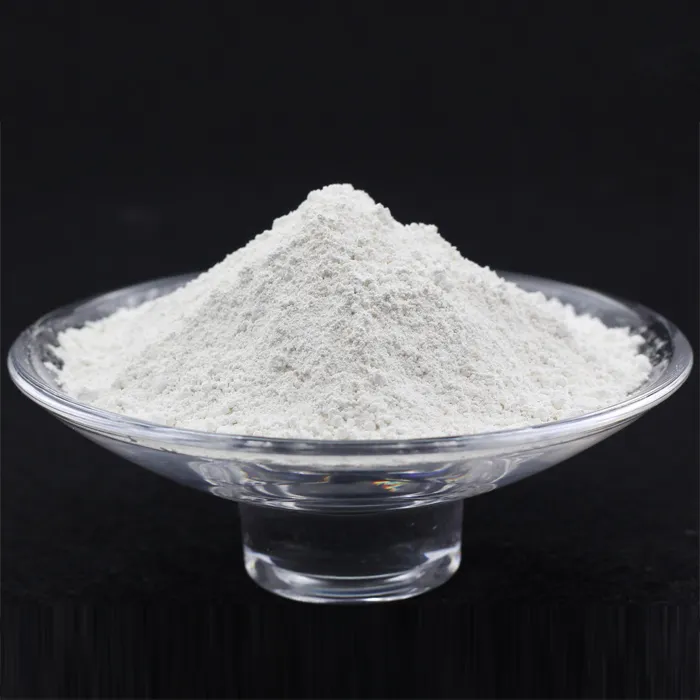The Formation of Polyacrylamide A Comprehensive Overview
Polyacrylamide, a synthetic polymer derived from acrylamide monomers, has gained widespread recognition for its versatility and utility in various fields, including water treatment, oil recovery, and biomedical applications. The formation of polyacrylamide involves a series of chemical reactions that transform acrylamide monomers into a polymeric structure through a process known as polymerization. This article delves into the intricacies of polyacrylamide formation, shedding light on the methods, mechanisms, and applications of this significant polymer.
1. Polymerization Process
The formation of polyacrylamide typically begins with the polymerization of acrylamide, a colorless, odorless crystalline solid. The primary methods for polymerization include free radical polymerization, ionic polymerization, and coordination polymerization; however, free radical polymerization is the most commonly employed method due to its simplicity and efficiency.
In free radical polymerization, the process initiates with the generation of free radicals, which can be formed through various means, such as thermal decomposition of initiators or exposure to ultraviolet light. The free radicals react with acrylamide monomers, creating new radicals that propagate the polymerization process. This reaction continues until the availability of monomers is exhausted, or the reaction is terminated by various methods, such as the recombination of free radicals or the introduction of chain-transfer agents.
2. Factors Influencing Polymerization
Several factors can influence the formation and properties of polyacrylamide, including temperature, pH, concentration of monomers, and the choice of initiators. Higher temperatures typically increase the rate of polymerization; however, they can also lead to undesirable side reactions, resulting in lower molecular weight and decreased polymer purity. The pH of the reaction medium plays a crucial role as well, with a neutral to slightly alkaline pH often providing optimal conditions for the formation of polyacrylamide.
Moreover, the concentration of both acrylamide and initiator significantly affects the polymerization kinetics. A higher concentration of acrylamide generally leads to a higher molecular weight polymer, while the concentration of the initiator must be balanced to avoid premature termination of the polymer chain. These parameters are crucial for tailoring the properties of polyacrylamide for specific applications.
polyacrylamide formation

3. Types of Polyacrylamide
Polyacrylamide can exist in various forms, primarily as linear, branched, or cross-linked polymers, each with distinct properties and applications. Linear polyacrylamide (PAM) is widely used in water treatment and soil conditioning due to its ability to enhance flocculation and sedimentation. Cross-linked polyacrylamide forms a gel-like structure, making it suitable for applications in pharmaceuticals, such as drug delivery systems and tissue engineering scaffolds.
Additionally, ionic variations of polyacrylamide, such as anionic and cationic polyacrylamides, are designed to interact differently with various substrates, enhancing their effectiveness in applications such as wastewater treatment, where cationic variants are used to neutralize negatively charged particles.
4. Applications
The versatility of polyacrylamide is evidenced by its numerous applications across diverse industries. In water treatment, polyacrylamide acts as a flocculating agent, enabling the efficient removal of suspended solids in wastewater. In the petroleum industry, it is employed for enhanced oil recovery, improving fluid viscosity and mobility. In the biomedical field, polyacrylamide is utilized for gel electrophoresis and as a matrix for drug delivery and tissue engineering.
Conclusion
The formation of polyacrylamide is a captivating subject that intertwines chemistry with practical applications. Through various polymerization techniques and careful manipulation of reaction conditions, polyacrylamide's diverse forms and properties can be tailored to meet the demands of numerous industries. As research continues to advance, the potential uses of polyacrylamide are likely to expand, further cementing its role as a vital material in modern technology and environmental management.

